目录
[1 -> 引言:为什么需要 Qt 样式表?](#1 -> 引言:为什么需要 Qt 样式表?)
[2 -> Qt 样式表基础](#2 -> Qt 样式表基础)
[2.1 -> 什么是 Qt 样式表](#2.1 -> 什么是 Qt 样式表)
[2.2 -> 基本语法结构](#2.2 -> 基本语法结构)
[3 -> 选择器类型](#3 -> 选择器类型)
[3.1 -> 通用选择器](#3.1 -> 通用选择器)
[3.2 -> 类型选择器](#3.2 -> 类型选择器)
[3.3 -> 类选择器](#3.3 -> 类选择器)
[3.4 -> ID 选择器(通过 objectName)](#3.4 -> ID 选择器(通过 objectName))
[3.5 -> 属性选择器](#3.5 -> 属性选择器)
[3.6 -> 子控件选择器](#3.6 -> 子控件选择器)
[3.7 -> 状态选择器](#3.7 -> 状态选择器)
[4 -> 常用属性详解](#4 -> 常用属性详解)
[4.1 -> 背景与边框](#4.1 -> 背景与边框)
[4.2 -> 文本与字体](#4.2 -> 文本与字体)
[4.3 -> 尺寸与边距](#4.3 -> 尺寸与边距)
[4.4 -> 渐变与图像](#4.4 -> 渐变与图像)
[5 -> 复杂控件样式化](#5 -> 复杂控件样式化)
[5.1 -> QComboBox 样式](#5.1 -> QComboBox 样式)
[5.2 -> QSlider 样式](#5.2 -> QSlider 样式)
[5.3 -> QTabWidget](#5.3 -> QTabWidget)
[6 -> 代码示例](#6 -> 代码示例)
[6.1 -> 设置文本样式](#6.1 -> 设置文本样式)
[6.2 -> 实现切换夜间模式](#6.2 -> 实现切换夜间模式)
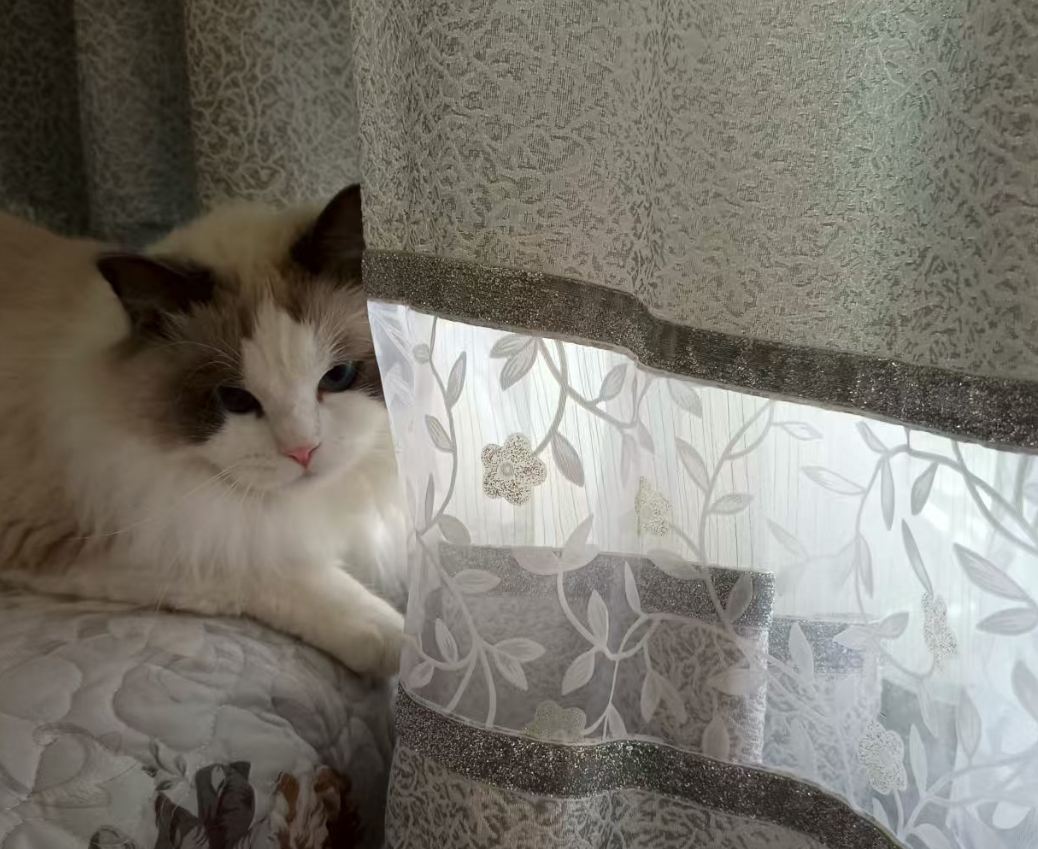
1 -> 引言:为什么需要 Qt 样式表?
在 GUI 开发中,应用程序的外观和用户体验至关重要。Qt 提供了强大的样式表系统,允许开发者使用类似 CSS 的语法来美化应用程序界面,无需重写绘图代码或创建自定义控件。无论想实现现代化界面、保持跨平台一致性,还是创建品牌特定的视觉风格,Qt 样式表都能轻松实现。
2 -> Qt 样式表基础
2.1 -> 什么是 Qt 样式表
Qt 样式表(QSS)是一种基于 CSS 语法的机制,用于自定义 Qt 控件的外观。它允许你设置颜色、字体、边框、背景等属性,而无需子类化 Qt 控件。
**CSS(Cascading Style Sheets 层叠样式表)**本身属于网页前端技术。主要就是用来描述界面的样式。
所谓 "样式",包括不限于大小,位置,颜色,间距,字体,背景,边框等。
平时所看到的丰富多彩的网页,就会用到大量的 CSS。
Qt 虽然是做 GUI 开发,但实际上和网页前端有很多异曲同工支持。因此 Qt 也引入了对于 CSS 的支持。
CSS 中可以设置的样式属性非常多。基于这些属性 Qt 只能支持其中一部分,称为 QSS(Qt Style Sheet)。
2.2 -> 基本语法结构
css
选择器 {
属性: 值;
属性: 值;
}示例:
css
QPushButton {
background-color: #3498db;
color: white;
border: 2px solid #2980b9;
border-radius: 5px;
padding: 5px 10px;
}3 -> 选择器类型
3.1 -> 通用选择器
css
* {
font-family: "Microsoft YaHei";
font-size: 12px;
}3.2 -> 类型选择器
css
QPushButton {
/* 所有QPushButton的样式 */
}3.3 -> 类选择器
css
.QPushButton {
/* 与类型选择器类似 */
}3.4 -> ID 选择器(通过 objectName)
css
QPushButton#loginButton {
background-color: green;
}3.5 -> 属性选择器
css
QPushButton[flat="true"] {
border: none;
}3.6 -> 子控件选择器
css
QComboBox::drop-down {
/* QComboBox下拉箭头的样式 */
}3.7 -> 状态选择器
css
QPushButton:hover {
background-color: #2980b9;
}
QPushButton:pressed {
background-color: #21618c;
}
QPushButton:disabled {
color: gray;
background-color: #dddddd;
}4 -> 常用属性详解
4.1 -> 背景与边框
css
QWidget {
background-color: #f0f0f0; /* 背景颜色 */
border: 1px solid #cccccc; /* 边框:宽度 样式 颜色 */
border-radius: 4px; /* 圆角半径 */
}4.2 -> 文本与字体
css
QLabel {
color: #333333; /* 文本颜色 */
font-family: "Arial"; /* 字体家族 */
font-size: 14px; /* 字体大小 */
font-weight: bold; /* 字体粗细 */
}4.3 -> 尺寸与边距
css
QPushButton {
min-width: 80px; /* 最小宽度 */
max-width: 200px; /* 最大宽度 */
height: 30px; /* 固定高度 */
padding: 5px 10px; /* 内边距 */
margin: 2px; /* 外边距 */
}4.4 -> 渐变与图像
css
QPushButton {
/* 线性渐变 */
background: qlineargradient(x1:0, y1:0, x2:0, y2:1,
stop:0 #3498db, stop:1 #2980b9);
/* 径向渐变 */
background: qradialgradient(cx:0.5, cy:0.5, radius: 0.5,
fx:0.5, fy:0.5,
stop:0 white, stop:1 green);
/* 使用图像 */
border-image: url(:/images/button.png) 3 3 3 3 stretch stretch;
}5 -> 复杂控件样式化
5.1 -> QComboBox 样式
css
QComboBox {
border: 1px solid #cccccc;
border-radius: 3px;
padding: 1px 18px 1px 3px;
min-width: 6em;
}
QComboBox::drop-down {
subcontrol-origin: padding;
subcontrol-position: top right;
width: 15px;
border-left-width: 1px;
border-left-color: darkgray;
border-left-style: solid;
border-top-right-radius: 3px;
border-bottom-right-radius: 3px;
}
QComboBox::down-arrow {
image: url(:/images/down_arrow.png);
width: 10px;
height: 10px;
}5.2 -> QSlider 样式
css
QSlider::groove:horizontal {
border: 1px solid #999999;
height: 8px;
background: #f0f0f0;
border-radius: 4px;
}
QSlider::handle:horizontal {
background: #3498db;
border: 1px solid #2980b9;
width: 18px;
margin: -5px 0;
border-radius: 9px;
}
QSlider::sub-page:horizontal {
background: #3498db;
border-radius: 4px;
}5.3 -> QTabWidget
css
QTabWidget::pane {
border: 1px solid #cccccc;
background: white;
}
QTabWidget::tab-bar {
alignment: center;
}
QTabBar::tab {
background: #f0f0f0;
border: 1px solid #cccccc;
border-bottom: none;
padding: 5px 15px;
border-top-left-radius: 4px;
border-top-right-radius: 4px;
}
QTabBar::tab:selected {
background: white;
margin-bottom: -1px;
}6 -> 代码示例
6.1 -> 设置文本样式
1. 在界面上创建 label
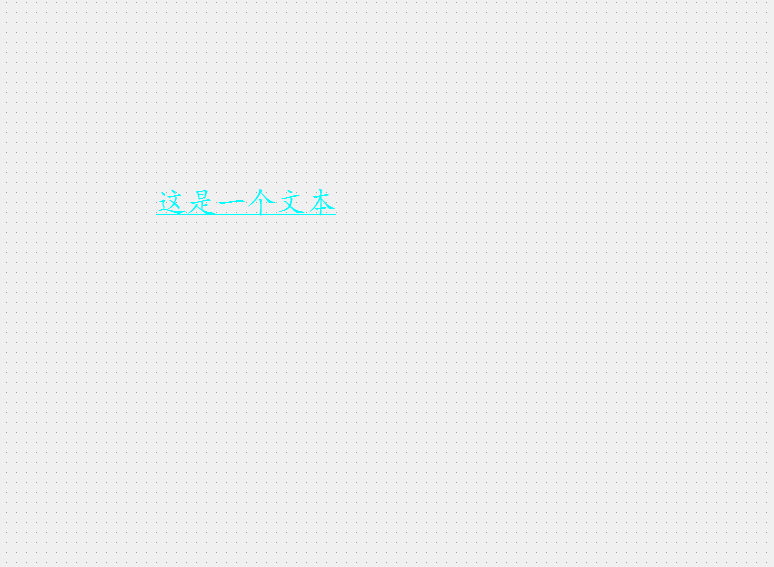
2. 编辑右侧的 styleSheet 属性,设置样式
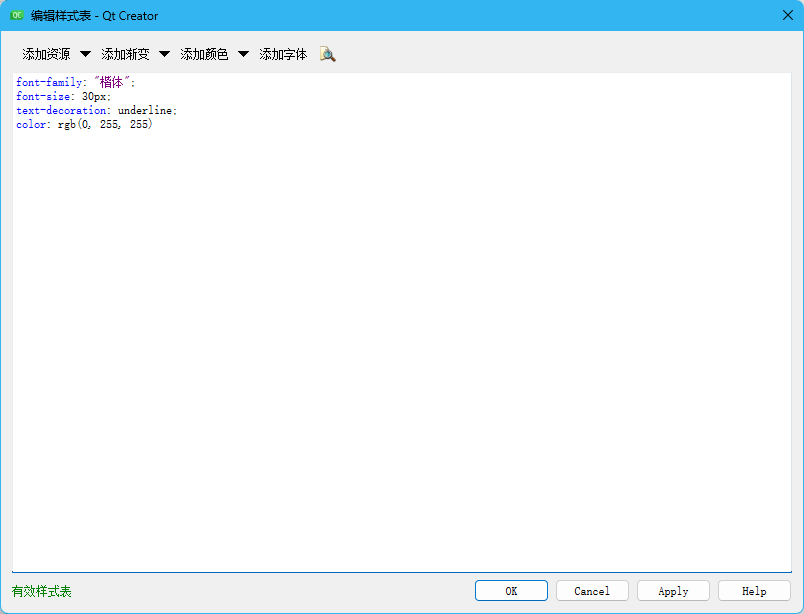
此处的语法格式同 CSS,使用键值对的方式设置样式。其中键和值之间使用 :分割。键值对之间使用 ;分割。
另外,Qt Designer 只能对样式的基本格式进行校验,不能检测出哪些样式不被 Qt 支持。比如 text-align: center 这样的文本居中操作,就无法支持。
编辑完成样式之后,可以看到在 Qt Designer 中能够实时预览出效果。
3. 运行程序,可以看到实际效果和预览效果基本一致。
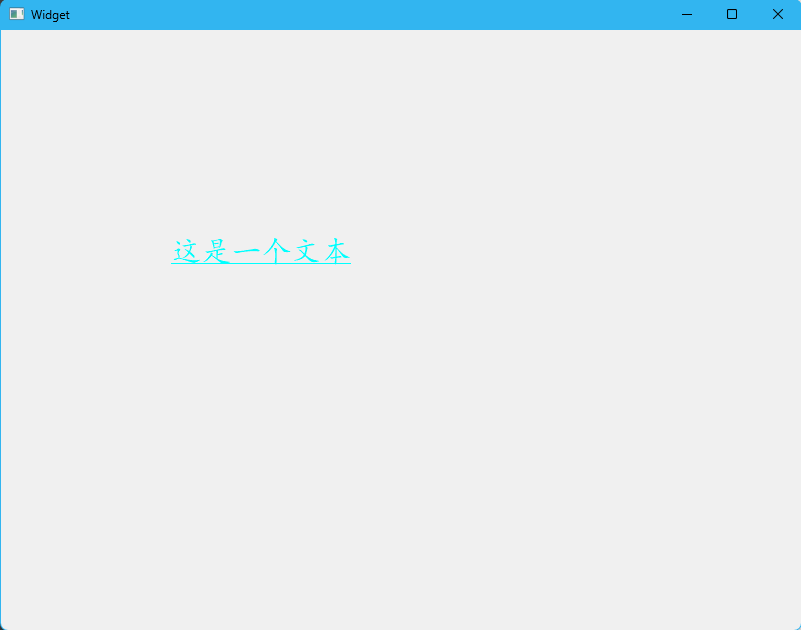
6.2 -> 实现切换夜间模式
1. 在界面上创建一个多行输入框(Text Edit)和两个按钮
objectName 分别是 pushButton_light 和 pushButton_dark
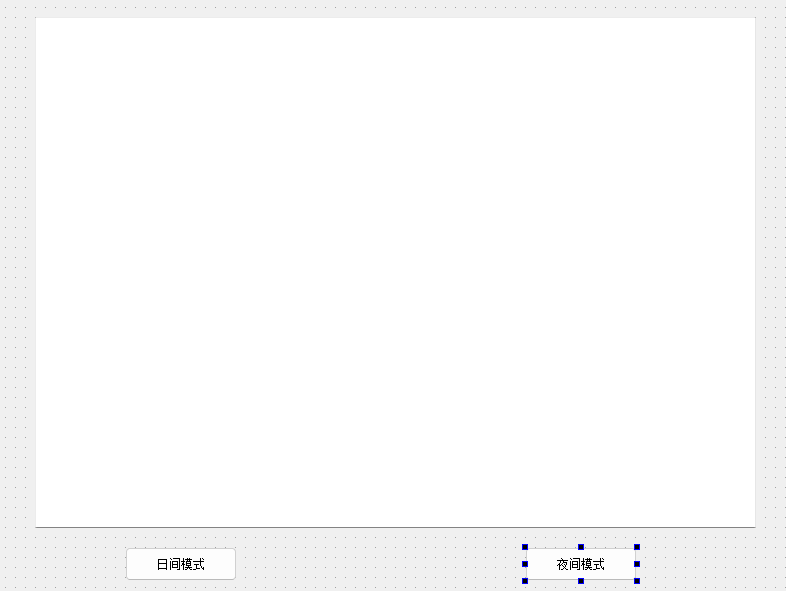
2. 编写按钮的 slot 函数
cpp
#include "widget.h"
#include "ui_widget.h"
Widget::Widget(QWidget *parent)
: QWidget(parent)
, ui(new Ui::Widget)
{
ui->setupUi(this);
}
Widget::~Widget()
{
delete ui;
}
void Widget::on_pushButton_light_clicked()
{
// 设置窗口样式
this->setStyleSheet("background-color: RGB(240, 240, 240);");
// 设置输入框样式
ui->plainTextEdit->setStyleSheet("background-color: white; color: black;");
// 设置按钮样式
ui->pushButton_light->setStyleSheet("color: black;");
ui->pushButton_dark->setStyleSheet("color: black;");
}
void Widget::on_pushButton_dark_clicked()
{
// 设置窗口样式
this->setStyleSheet("background-color: black;");
// 设置输入框样式
ui->plainTextEdit->setStyleSheet("background-color: black; color: white;");
// 设置按钮样式
ui->pushButton_light->setStyleSheet("color: white;");
ui->pushButton_dark->setStyleSheet("color: white;");
}关于计算机中的颜色表示
计算机中使用 "像素" 表示屏幕上的一个基本单位(也就是一个发亮的光点)。
每个光点都使用三个字节表示颜色,分别是 R(red),G(green),B(blue)一个字节表示(取值范围是 0-255,或者 0x00-0xFF)。
混合三种不同颜色的数值比例,就能搭配出千千万万的颜色出来。
- rgb(255, 0, 0) 或者 #FF0000 或者 #F00 表示纯红色。
- rgb(0, 255, 0) 或者 #00FF00 或者 #0F0 表示纯绿色。
- rgb(0, 0, 255) 或者 #0000FF 或者 #00F 表示纯蓝色。
- rgb(255, 255, 255) 或者 #FFFFFF 或者 #FFF 表示纯白色。
- rgb(0, 0, 0) 或者 #000000 或者 #000 表示纯黑色。
当然,上述规则只针对一般的程序而言是这么设定的。实际的显示器,可能是 8bit 色深或者 10bit 色深等,实际情况会更加复杂。
3. 运行程序,点击 "日间模式",就是浅色背景,深色文字;点击 "夜间模式",就是深色背景,浅色文字

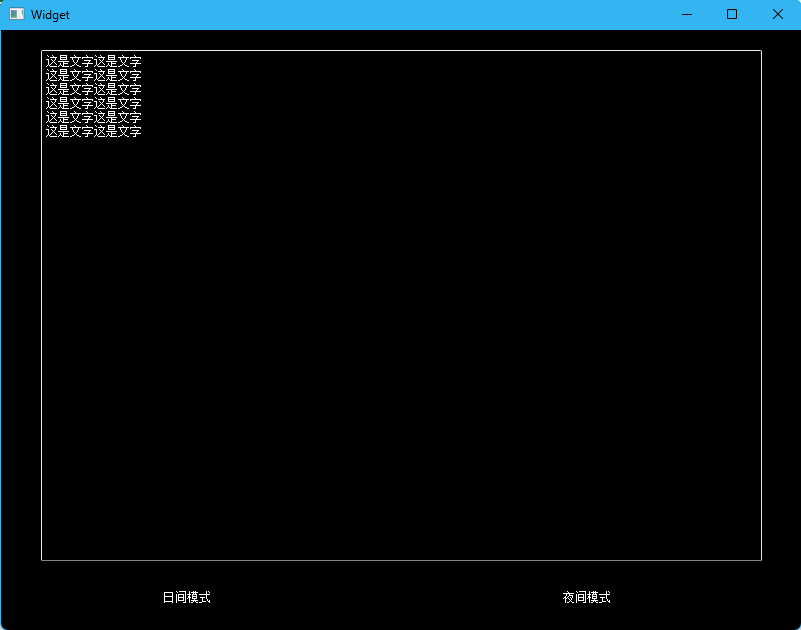
感谢各位大佬支持!!!
互三啦!!!